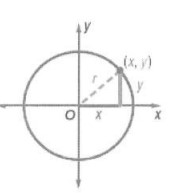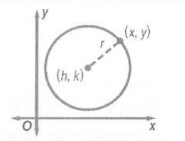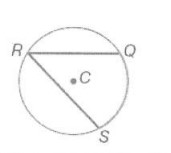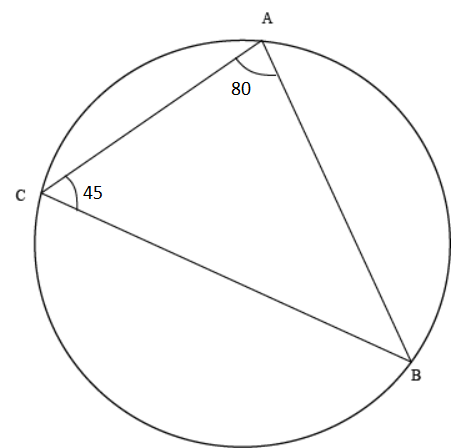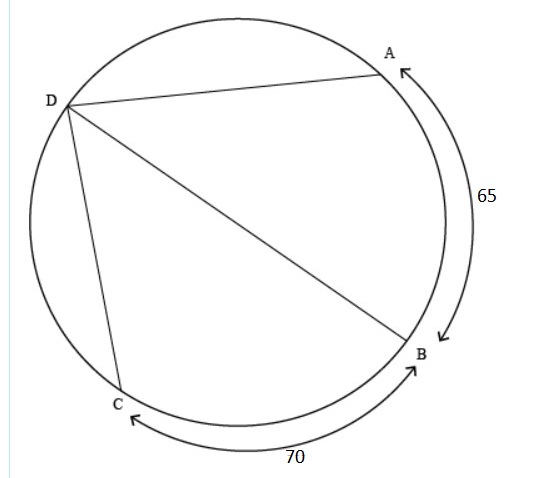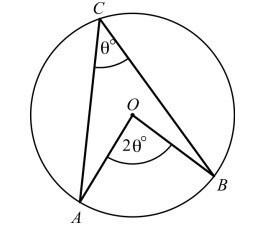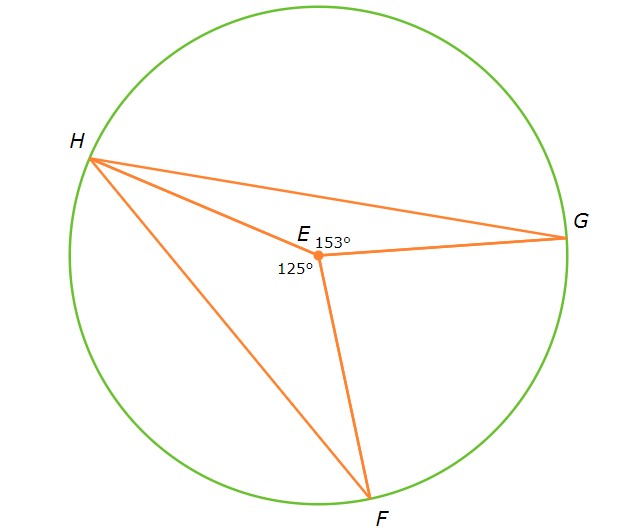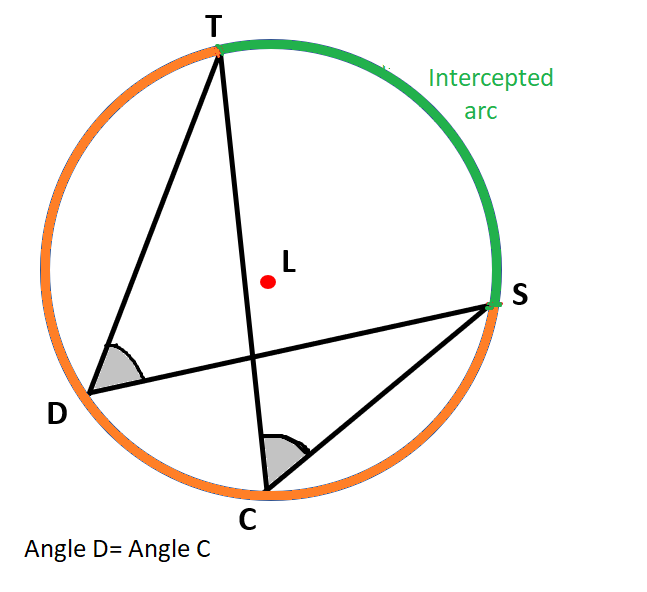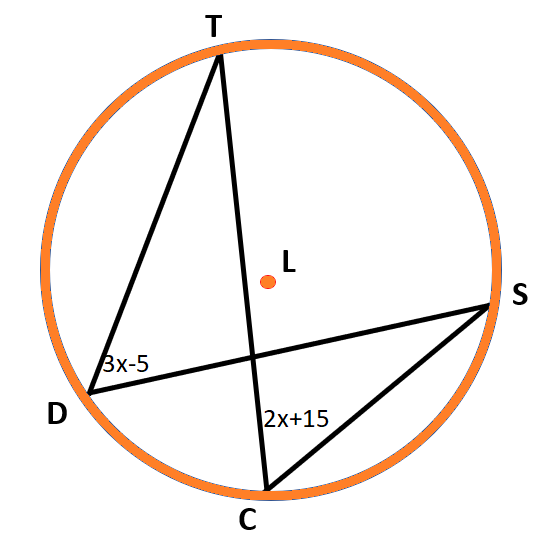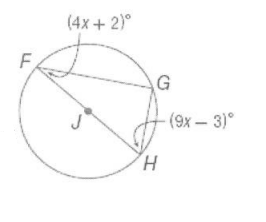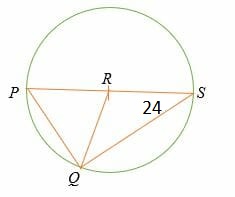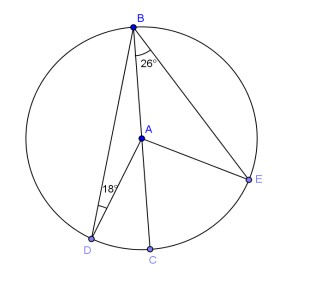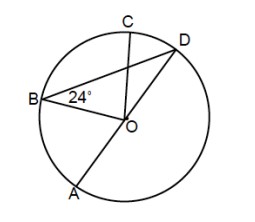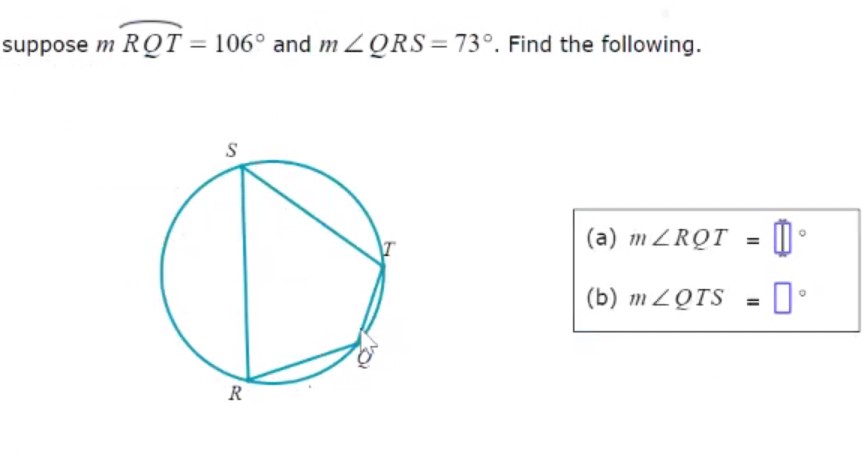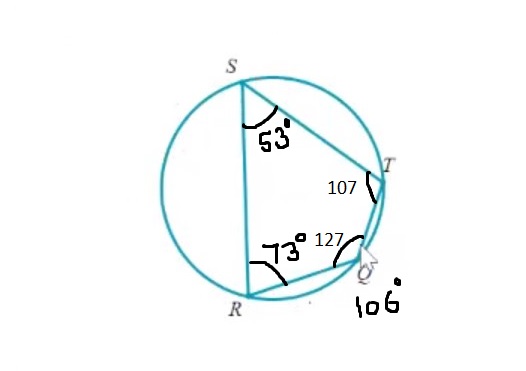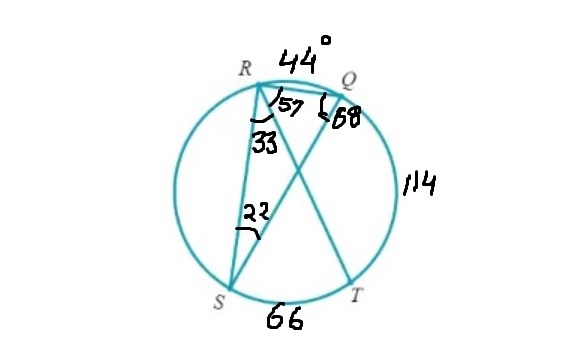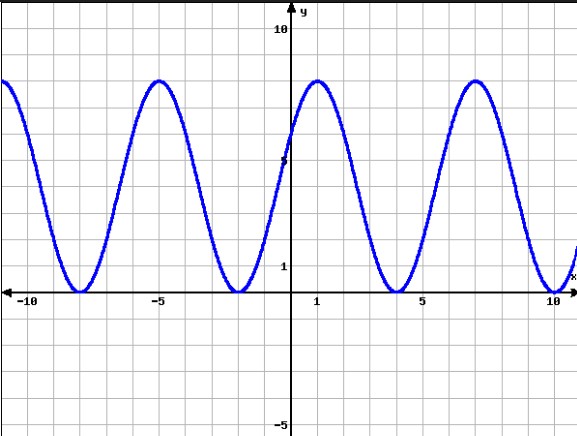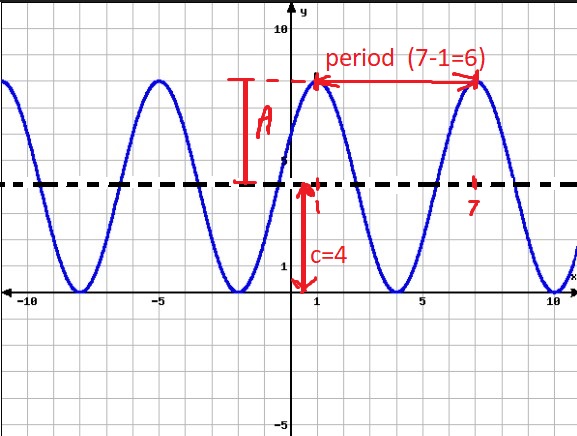Equation of circle (general form)
The general form of the equation of circle is:
x2 + y2 + 2gx + 2fy + c = 0.
Its center and radius is given as :
Center : (-g,-f)
radius r :
Using above expression , we can tell some more information about circle ,
If Then it is a real circle with radius r.
If Then the circle coincides with its center and it would be just a point or called point circle.
If Then this circle won’t be possible as its radius would be an imaginary number. So the solution is empty set.
Identify the center and radius of a circle with the following equation.
First, compare the given equation with general equation of circle :
we get, 2g= -12
g = -6 ⇒ -g = 6
and 2f = -16
f = -8 ⇒ -f = 8
Therefore center of circle is given as : (6,8)
and radius is given as,
Find center and radius of a circle for the given equation using two ways. Firstly using general formula, secondly using standard formula by completing square method.
Using general formula , we compare the given equation with general equation
we get,
2g = 4 ⇒ g= 2
and
2f = -12 ⇒ f = -6
Therefore, we get center of circle as (-g, -f) = (-2,6)
and radius as
Using standard form , we complete the squares for both x and y terms.
[ added 4 and 36 on both sides to complete perfect squares ]
Comparing it with standard form:
we get center (h,k) = (-2,6)
and radius r²= 81 ⇒ r= 9
Stella says the equation has a center (4,-1) and radius of 5. Is she correct? why or why not ?
We can find its center using either of the above mentioned two methods.
Lets use completing square method.
[ added 16 and 1 on both sides to complete the squares]
Comparing it with standard form, we get center as (4,-1)
and radius r = √22
Stella is correct that center is (4,-1) . However she didn’t find the radius correctly. Correct radius is √22 not 5.
Identify the graphs of the following equations as a circle, a point or an empty set.
a)
To answer this question , it would be better to use general form and above mentioned rules for radius.
Rewriting the given equation in general form we get,
Now comparing the given equation with general equation of circle :
we get,
2g = 4 ⇒ g= 2
2f = 0 ⇒ f =0
c= 0
Using formula for radius ,
That means this is a real circle with radius 2.
b)
Comparing the given equation with general equation of circle :
we get,
2g = 6 ⇒ g= 3
2f = -4 ⇒ f = -2
c= 15
Using formula for radius ,
Since radius is an imaginary number , that means this circle not possible and its graph would be empty set.
c)
Comparing the given equation with general equation of circle :
we get,
2g = 6 ⇒ g= 3
2f = -4 ⇒ f = -2
c= 13
Using formula for radius ,
Since radius is 0 so this would be a point .
Practice problems:
Find center and radius of a circle for the given equation using two ways. Firstly using general formula, secondly using standard formula by completing square method.
a)
b)
Identify the graphs of the following equations as a circle, a point or an empty set.
a)
b)
c)

